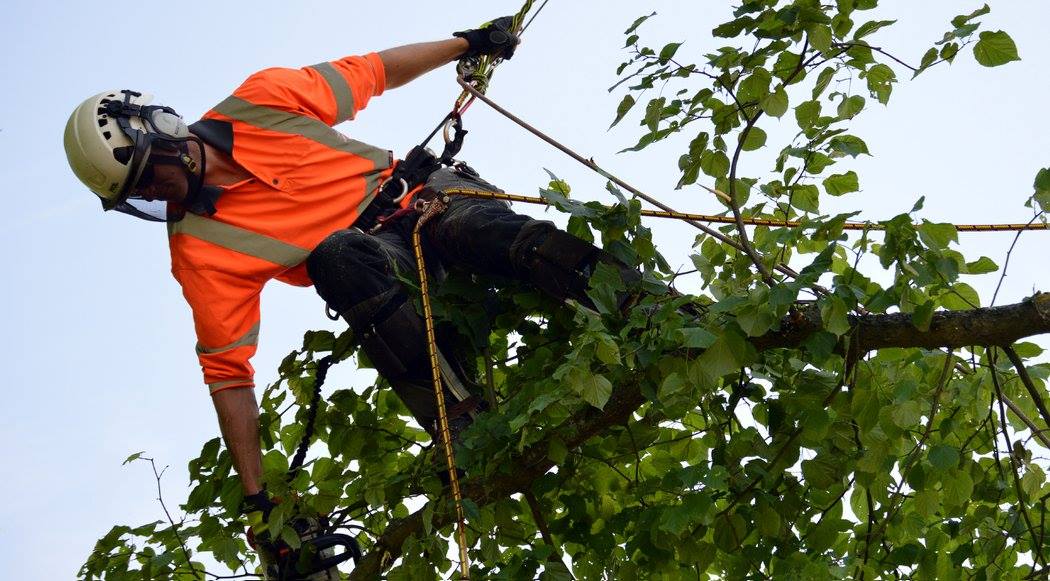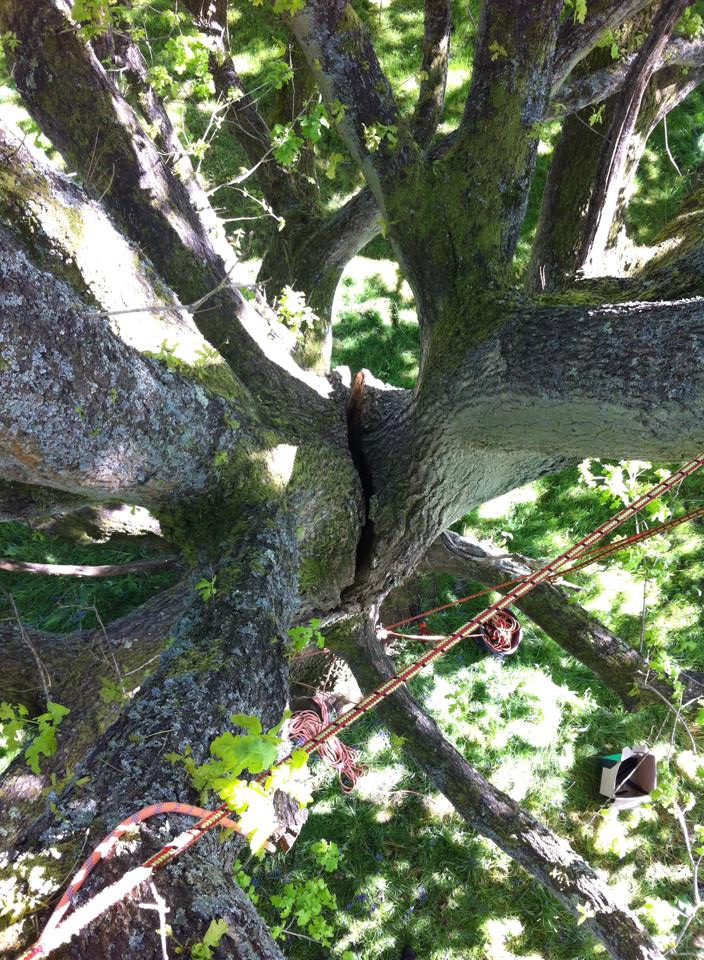A tree survey can be conducted on both private and public landscapes with the aim of helping homeowners and property managers make informed decisions. The main objective of a tree survey is to provide useful information about a particular tree or a group of trees. Depending on the information obtained, the owners can then decide what to do.
After the survey is conducted, some of the information that will be revealed will include the following:
- The age of the tree
- Tree’s life expectancy
- Species of the tree based on the scientific names of the tree
- Physical measurements of the tree including the height and the diameter
- Management recommendations
- The overall health of the tree

Although it is not a must to conduct a tree survey, there are many reasons why people conduct a tree survey on their property or homes. For instance, when you are planning to build on some land that has trees or where the building will be adjacent to the trees, you need a tree survey to ascertain the safety of the building and its occupants. On the other hand, a tree survey can be conducted to prevent a protected tree from being cut down. This is done based on the Wildlife and Countryside Act.
The tree survey information collected can be used in a number of ways. For instance, the landscape designer can use the information to come up with computer designs on how the land should be developed. The drafts from a reliable tree survey tend to be more accurate because a lot of factors are put into consideration.
Depending on the information collected, a landscape designer might decide to keep some of the trees to increase the value of the property. However, the trees that cannot be removed by law can be incorporated into the design to be a part of the entire project. This is important because the trees become a part of the overall landscape instead of standing alone or being neglected.
A tree survey can also point out certain hazards depending on the overall health of the trees. For instance, a tree that has been affected by fungi is prone to falling in case there are strong winds; so instead of having such trees in your landscape, it is advisable you remove them to prevent possible accidents.
Finally, tree surveys should be conducted by qualified and experienced arborist only. The professional will explain everything you are supposed to know in a way you will understand. When carrying out the survey, they tag the trees with special tags and numbers for further use and reference. If you would like to know about the survey of a certain tree, you can use these tags and a summary table as prepared by the arborist.

How much does a tree survey cost?
The cost of a tree survey differs greatly from one person to another because there are factors that determine the overall cost. The arborist will have to visit your property, examine a tree and produce a report of the survey. The distance and location of your property, the number of trees to be surveyed, their species and tools needed are some of the factors that can determine the cost.
To have an accurate estimate, you will have to speak to an experienced arborist. However, ensure that they have all relavant qualifications, experience and a valid insurance cover before hiring or consider hiring them for tree survey services.

